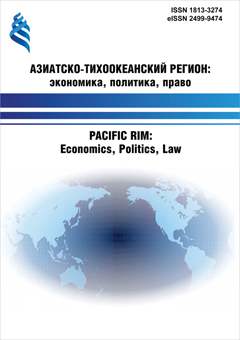ABOUT THE EQUAL FAULT OF THE DEBTOR AND THE CREDITOR IN THE APPLICATION OF ART. 404, 1083 OF THE CIVIL CODE OF THE RUSSIAN FEDERATION
DOI:
https://doi.org/10.24866/1813-3274/2023-1/188-198Keywords:
mutual guilt, symmetry, Le Chatelier's principle, equiprobability, indifferenceAbstract
When faced with creditor's countervailing fault, the practice usually proceeds from the tacit assumption of equality of fault of both parties. The need for such an assumption has been historically proven but is still not fully justified theoretically. For example, the Voronezh Regional Court of Arbitration put forward the controversial presumption of equal shares and risks in law to explain it. Professor W. A. Oygenzicht went back to the principle of equal causation. Is it possible that the presumption of equal fault has no reasonable basis and, like the "sin in half" referred to by I. A. Pokrovsky, is a product of our legal helplessness? Objective: To justify the assumption that the debtor and the creditor are equally at fault in the application of Articles 404, 1083 of the Civil Code of the Russian Federation. Methodology: historical method, which illustrated the need of practice to proceed from the equality of guilt; materialistic dialectics, which allowed to apply the notions of symmetry, probability, system approach and le Chatelier principle (generalization of Newton's third law) in civilistic research. Results: it was revealed that the assumption of equal guilt is based on the subjective ignorance of the details of the mechanism of causation. Subjective equal probability of causation follows from the ignorance: an a priori assumption of equal participation of the debtor and the creditor in causing damage or loss. Indifference, one of the basic principles of probability theory, thus emerges.
Symmetry in being (causes) generates symmetry in consciousness (fault), i.e. the assumption of equal fault of both parties. Another possible but weaker justification is that the creditor must counteract the debtor's omissions with an equal intensity of effort. As to the presumption of
equal shares and risks in law proposed by the court, it is not true.



